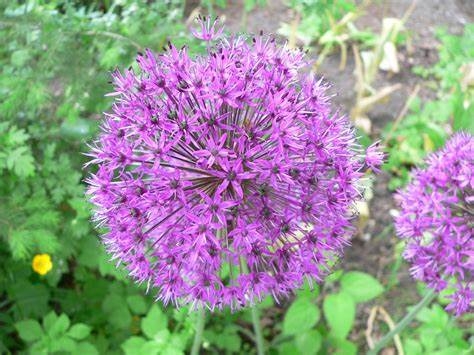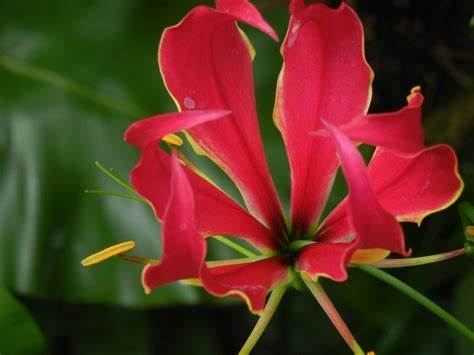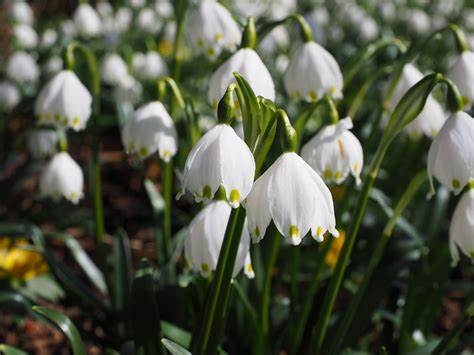At this time of year bulbs are appearing at nurseries and big retail stores as well as in the garden catalogs that arrive in your mailbox. Many bulbs (like tulips) need to be chilled for 8-10 weeks in your refrigerator before replanting for blooms the following spring. Consider growing bulbs that are better suited to our warm climate. They are easier to grow, most are perennial, and they look their best in warm temperatures.


Alliums are ornamental cousins of onions that aren't usually bothered by animals. Globular clusters of white, yellow, pink, red, blue or purple flowers are carried on stalks that rise above the foliage. They come in a variety of heights, as well as colors, and can blend into any garden.
Crinum, a tall member of the amaryllis family, is topped with a circle of trumpet-shaped flowers, usually white, pink or a combination of both. Plant so the neck of the bulb is just above the soil and give it plenty of water while it is growing.
Gloriosa Lily is a tuberous perennial with red and yellow lily-like flower heads. It can sprawl and scramble through other plants, climbing by means of tendrils at the ends of its leaves. Plant 1 to 2 inches deep, and 10 to 15 inches apart, in rich soil.

Watsonia has tallspikes of tubular blossoms which come in shades of red, orange, pink and white. They begin blooming in late winter and carry on into the spring.
UC Master Gardeners of Butte County are part of the University of California Cooperative Extension (UCCE) system. To learn more about us and our upcoming events, and for help with gardening in our area, visit our website. If you have a gardening question or problem, email the Hotline at mgbutte@ucanr.edu (preferred) or call (530) 538-7201.